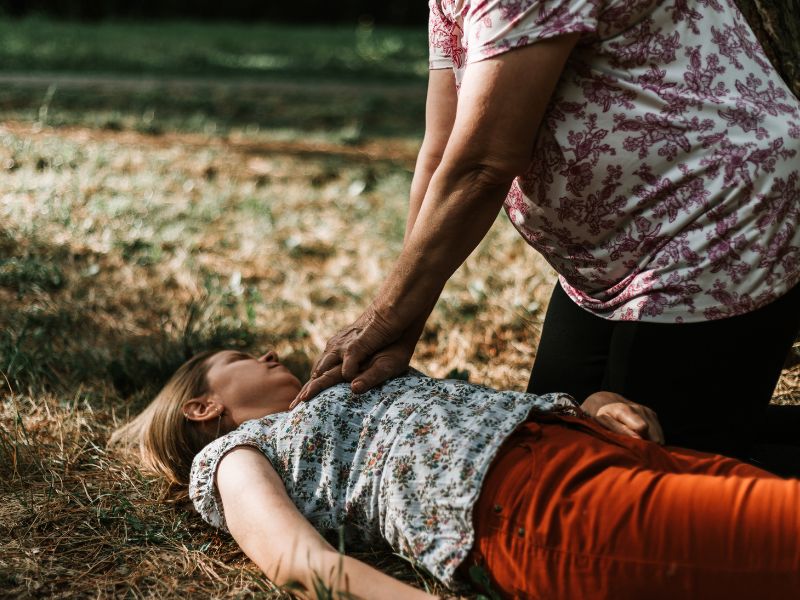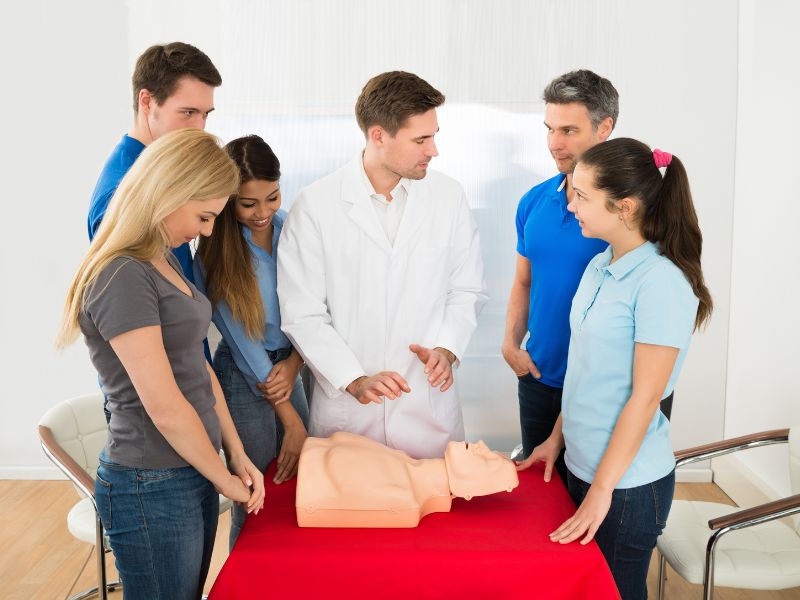A recent study has shed light on gender disparity in emergency response situations. The research conducted by [Research Institution/Author] reveals that women are significantly less likely to receive cardiopulmonary resuscitation (CPR) in public than their male counterparts. This revelation underscores the urgency to address biases in emergency response protocols and ensure equal access to life-saving interventions for all.

Canva. com
The Disturbing Discrepancy
The study, which analyzed data from [relevant dataset], discovered that only [percentage]of women who experienced cardiac arrest in public received CPR, whereas [portion]of men in similar situations were administered this vital life-saving procedure. This alarming gap in CPR administration highlights a critical issue in our society.
Potential Causes Of Disparity
Several factors contribute to this glaring discrepancy. One major factor is the misconception that women are less likely to suffer from cardiac events, leading to delayed recognition and intervention. Additionally, concerns about impropriety and discomfort in administering CPR to a female victim may deter bystanders from taking immediate action.

Canva. com
Addressing The Issue
Closing the divide necessitates the adoption of a comprehensive strategy:
- Education and Awareness: Raising awareness about the prevalence of heart-related issues in women and dispelling myths is crucial. Providing accessible information about recognizing cardiac emergencies in both genders is vital to bridging the gap.
- Training and Empowerment: Offering CPR training that emphasizes gender-neutral protocols and instills confidence in bystanders to act swiftly in any emergency is imperative. It includes educating the public on the anatomical and physiological similarities between male and female bodies.
- Policy Reforms: Policymakers and healthcare institutions must collaborate to develop and enforce protocols promoting gender equality in emergency response. It may involve revising existing guidelines to eliminate biases and stereotypes.
- Advocacy and Representation: Encouraging more women to pursue healthcare and emergency response careers can lead to improved outcomes for female patients. Having diverse and inclusive representation in these fields ensures that all individuals receive the care they need without bias.
